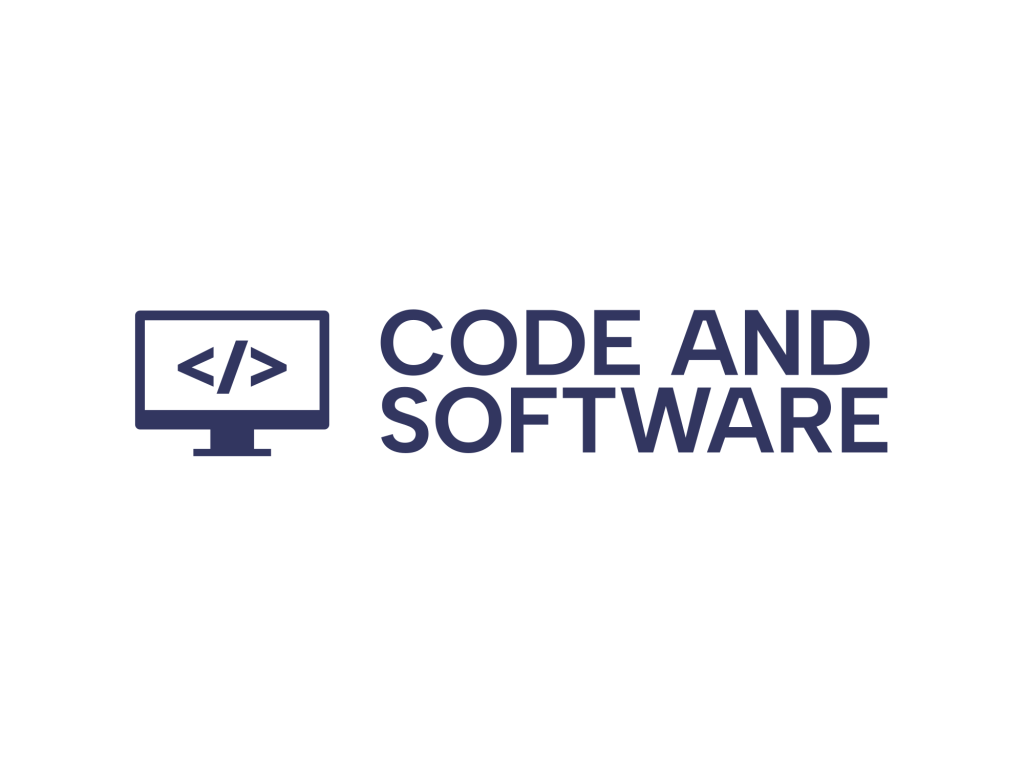Choosing the right ecommerce platform integration can be a daunting task. Whether you’re a small startup or an established retailer expanding into the digital space, the platform you choose will significantly influence your business operations, customer experience, and growth potential. With so many options available, fitted with various features and price points, making an informed decision is essential for long-term success.
Understanding What Ecommerce Platform Integration Really Means
At its core, ecommerce platform integration refers to the seamless connection between your online storefront and other systems used in your business like inventory management, CRM, accounting software, and shipping providers. A well-integrated system ensures that all parts of your business communicate effectively with each other, reducing manual tasks and enabling smoother workflows.
Before exploring options, it’s crucial to evaluate your current business model and decide what tools you actually need. The best ecommerce platform for a drop shipping business may not be ideal for a company that manufactures its own products. Every integration should align with your specific goals and infrastructure.
Key Factors to Consider When Choosing an Ecommerce Platform Integration
To identify the right platform, ask yourself questions across several critical dimensions:
- Scalability: Can the platform grow with your business and handle increased traffic and inventory as you expand?
- Ease of Use: Is it user-friendly for both administrators and customers? Does it allow your team to update content easily?
- Customization: Will it allow you to implement your unique branding, layouts, and features?
- Third-party Integrations: Does it connect easily with the tools you already use (like Mailchimp, QuickBooks, Salesforce)?
- Security: How does it manage data security, payment processing, and compliance requirements like PCI-DSS?
- Pricing: Do the subscription fees, transaction fees, and add-ons fit within your budget constraints?
Popular Ecommerce Platforms and What They Offer
Here’s a brief overview of some of the most well-known ecommerce platforms and their specialties:
- Shopify: Ideal for small to medium-sized businesses. It offers excellent themes, fast setup, and extensive app marketplace access.
- Magento (Adobe Commerce): A robust, highly customizable solution best for larger businesses with complex needs and tech teams.
- BigCommerce: Offers enterprise-level functionality, built-in SEO features, and no transaction fees, making it suitable for fast-growing companies.
- WooCommerce: A WordPress plugin best suited for those already familiar with WordPress who require design flexibility and robust content management.
- Squarespace Commerce: Great for creative businesses wanting beautiful design with built-in ecommerce features, perfect for portfolios and visual brands.

Match Your Platform to Your Business Model
Each business type has unique characteristics, and aligning your ecommerce platform to your business model is crucial. Here are a few examples:
1. Subscription-Based Businesses
Choose platforms like Shopify (with ReCharge or Bold Subscriptions) or WooCommerce with appropriate plugins. These solutions support recurring billing, customer portals for subscription management, and dunning tools to reduce churn.
2. B2B Ecommerce
Look for platforms offering features like bulk pricing, multi-user accounts, quote systems, and customizable checkout processes. Magento and BigCommerce are often favored in this space due to their complex customization options.
3. Drop Shipping Stores
Shopify and WooCommerce both integrate well with suppliers via apps like Oberlo, Spocket, or AliDropship. Ensure your chosen platform has real-time inventory updates and automatic order fulfillment integration.
Consider Headless Commerce for Future Flexibility
For brands anticipating rapid scaling or offering a unique customer experience, headless commerce might be the right path. This approach decouples the front-end and back-end systems, allowing total control over customer interface design while maintaining robust back-end functions. Platforms like Shopify Plus, BigCommerce, and Magento support headless setups.
Headless commerce can be more complex to implement but enables performance optimization, omnichannel selling, and personalized UX innovations.
Technical Support and Community
Don’t underestimate the value of good support. Problems will occur, and the availability of expert help from the provider or a strong developer community can make a huge difference. Evaluate:
- Dedicated account management
- 24/7 customer support
- A vibrant developer ecosystem
- Extensive documentation and tutorials

Mobile Responsiveness and UX Capabilities
In the mobile-first era, your ecommerce platform must support responsive design and fast loading on both desktop and mobile. A good UI/UX enhances customer journey, reduces bounce rates, and improves conversion. Look for features like:
- Mobile-optimized themes
- Easy-to-navigate menus and product listings
- One-click checkouts and personalized recommendations
SEO and Marketing Integrations
Your ecommerce platform should also aid in discoverability. Built-in SEO tools, integrations with Google Analytics, email platforms, and social media help you track performance and run effective campaigns.
Features to look for:
- Editability of title tags and meta descriptions
- Structured data support for rich snippets
- Automated sitemaps and URL customization
- Marketing tool integrations like Klaviyo, Mailchimp, HubSpot
Evaluating Total Cost of Ownership (TCO)
Initial licensing or subscription fees only tell part of the financial story. TCO includes:
- Payment processing fees
- Theme and plugin purchases
- Developer or agency fees for customization
- Hosting (for open-source platforms)
- Maintenance and support
Make a comparative chart of your top 2-3 platform choices that includes all the possible costs to avoid surprises later on.
Testing Before Committing
Many platforms offer free trials or demo versions. Use these to test core functionalities, load sample products, and simulate transactions. Include your team in evaluating UI simplicity and backend workflows. Try to visualize your business process end-to-end to identify any bottlenecks or compatibility issues.
Final Thoughts: Choose Based On Fit, Not Hype
The ecommerce tool that everyone is raving about might not be the right one for your business. Carefully assess how the platform complements what you’re trying to build. A platform with the right integrations will allow you to spend less time managing operations and more time growing your business.
Ultimately, the goal is to choose a platform that makes it easy to create delightful customer experiences while seamlessly fitting into your existing tools and workflows. Take your time, gather input from different departments, and choose an ecommerce integration that is not only powerful but also sustainable as your business evolves.

